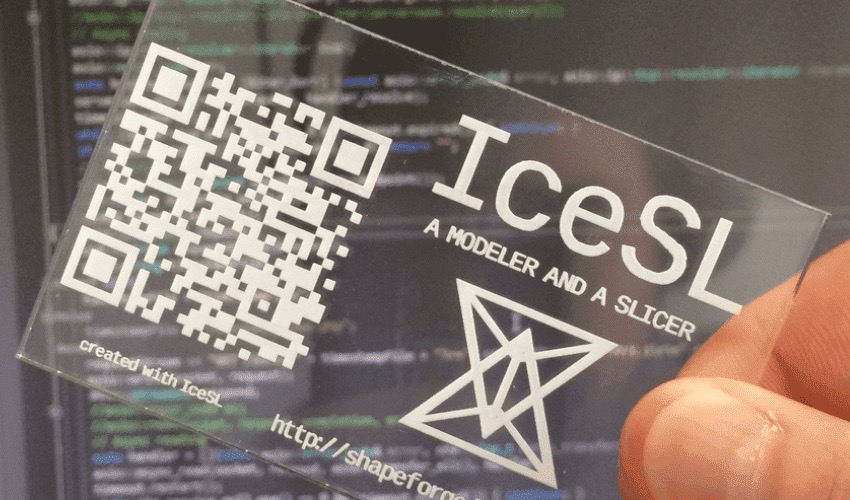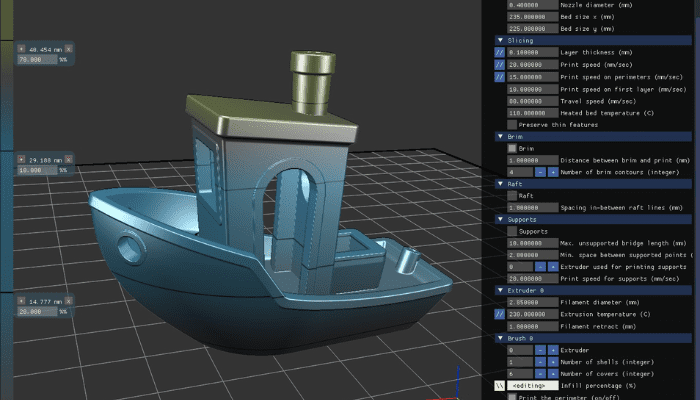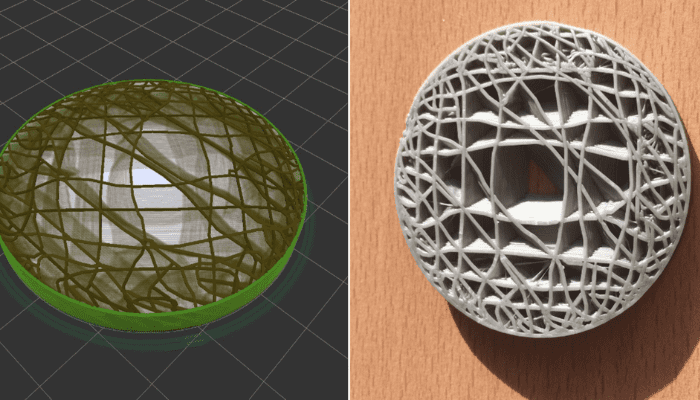All You Need to Know about IceSL

3D printing has dramatically transformed various sectors, offering the possibility of bringing complex, customized objects to life from simple digital files. However, to bring these creations to life, the use of a slicer is essential. This enables the model to be precisely sliced into successive layers, and print supports to be generated when required. This operation has a direct influence on the final quality of the 3D print. Created in 2012, IceSL stands out as a free slicer developed by the MFX (Matter from Graphics) team.
MFX is a research team made up of experts from Inria, Université de Lorraine and CNRS, working within the LORIA laboratory. Their main objective is to meet the challenges of complex shapes, with a focus on the fields of computer graphics and additive manufacturing. This versatile software is compatible with Windows and Linux operating systems, and has been developed for FDM and DLP 3D printers. It comes in 3 different versions: IceSL-slicer, IceSL-forge, and SliceCrafter.

IceSL is not just slicing software, it’s also used to create 3D models.
The Different Versions
IceSL-Slicer is a slicing-only version. It supports various 3D model formats (such as STL) or geometry scripts to generate print instructions, such as G-code. This also includes the ability to create images for DLP printers. As a complete slicing software, IceSL-Slicer offers innovative features, such as progressive filling, for precise preparation of models prior to printing.
IceSL-forge stands out as the most complete and powerful version of the software. Going beyond its primary function as a slicer, IceSL-forge also integrates modeling capabilities. This combination of modeling and slicing provides the flexibility to create complex, customizable shapes. 3D modeling is performed using scripts based on a Lua language. The advantage of IceSL-forge lies in its ability to slice and generate the necessary instructions for a 3D printer (via G-code), eliminating the need to create a mesh. This approach simplifies the process of preparing models prior to printing, offering a more efficient and adaptable solution for advanced and professional 3D printing users.
Finally, SliceCrafter is an online version of the slicer software. Although it’s less powerful than IceSL-slicer, it runs entirely from the web browser, offering the possibility of using it from anywhere without the need for installation.

The Main Features of the IceSL Slicer
Like most slicing software on the market, IceSL offers standard features such as model movement and placement, as well as printer selection. However, it is distinguished by advanced options such as the ability to define variable layer height parameters. In addition, IceSL incorporates an adaptive cutting algorithm that automatically adjusts layer thickness according to the desired number of slices. It also offers a progressive fill feature.
Users can adjust the fill density, determining the percentage of the object’s interior that will be filled with material. A higher percentage means the interior will be denser, while a lower percentage will create a more hollow interior. This feature offers advantages in terms of time and material savings, enabling flexible elasticity, particularly suited to printing with flexible filaments.
Other features also enrich the user experience. For optimum printing and to preserve the quality of printed parts, particular attention has been paid to the development of an advanced support algorithm. This aims to minimize the amount of support required, adopting an innovative approach that combines elements of traditional supports with those of the “tree” type. This method delivers more efficient results while reducing support requirements. Finally, a brand-new 3D color printing technique has been introduced, offering the possibility of creating gradients. This innovation considerably extends the possibilities of traditional filament printers.
Do you use IceSL? Let us know in a comment below or on our LinkedIn, Facebook, and Twitter pages! Don’t forget to sign up for our free weekly newsletter here for the latest 3D printing news straight to your inbox! You can also find all our videos on our YouTube channel.
*All Photo Credits: IceSL






